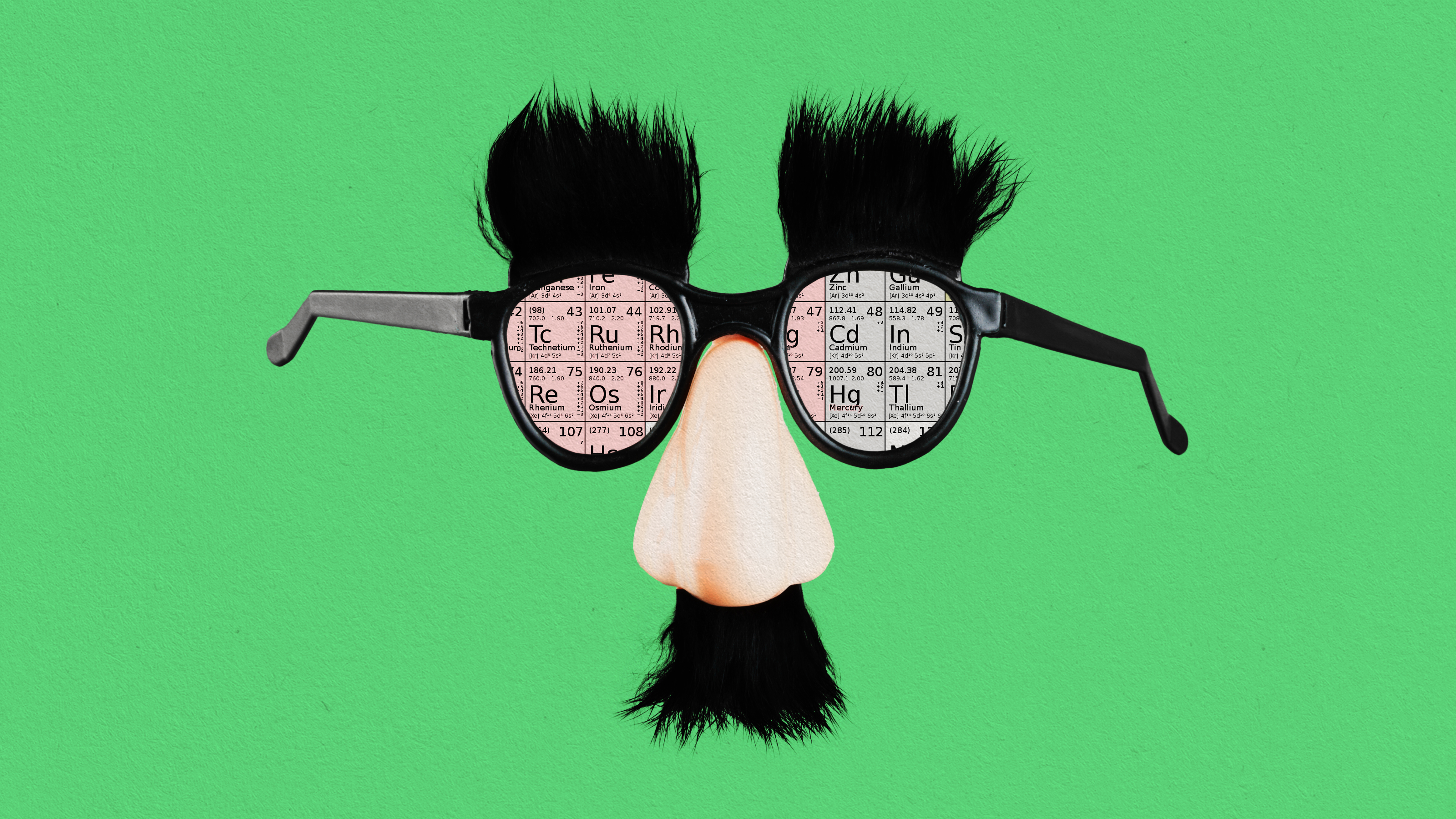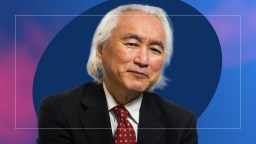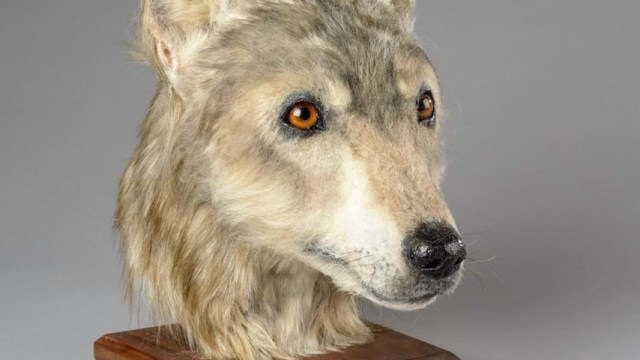10 surprising day jobs of famous inventors and scientists

Image source: Wikimedia Commons
- Albert Einstein worked as a patent clerk for seven years.
- In between painting and inventing, Leonardo da Vinci made war machines for the Duke of Milan.
- Isaac Newton was almost forced to forget mathematics and become a farmer.
Many of the greatest inventors and scientists weren’t able to work on their craft and subjects all the time. They were subject, like many of us, to the usual mundanities of everyday life. This meant working a full-time day job oftentimes not even close to their main inventive pursuits. Even so, they were able to create some of the greatest inventions of all time.
Here are some of the most surprising jobs of famous inventors and scientists.
Benjamin Franklin
Benjamin Franklin is one of the most famous inventors, statesmen, and philosophers of the early American era. Not only was Franklin a productive inventor, he also worked a number of interesting and challenging day jobs.
Throughout his life he worked as the Postmaster of Philadelphia and would later go on to become the Ambassador to France. Of course, no one can forget that he was one of the Founding Fathers of America as well.
As an inventor, his famous kite experiment immortalized his inventive genius into almost mythical proportions. Franklin would go on to create a number of inventions both patented and sealed away in his own personal papers.
Leonardo da Vinci
The archetype of the Renaissance Man, Leonardo da Vinci embodied the spirit of his era. Scientist, inventor, painter, polymath, and overall curious spirit, we still can’t get enough of Leonardo’s genius. For a man of so many talents and aspirations, it comes as no surprise that he had a number of interesting odd jobs. For 17 years he was in the service of Duke Ludovico Sforza of Milan. It was here where he worked as a military engineer, crafting death machines, and defensive fortresses.
Amongst his many conceptions, were early ideas of a tank, crossbows, helicopters, and even scuba diving gear. Few of what he invented was created in his time, but would go on to inspire many inventors of the future. Aside from his contributing inventions and advances in both science and the medical field, da Vinci is one of the most accomplished and revered artists of all time.
Jane Goodall
There has never been a scientist like Jane Goodall. A renowned figure who dedicated most of her life to pursue of knowledge of our closest relatives. The greatest expert on chimpanzees, Goodall’s 55-year study on the social and primitive dynamics of wild chimpanzees is an unmatched study. Yet throughout the years, she wasn’t always a great apes scientist.
Her first job was as a secretary working for her aunt who ran a children’s orthopedic clinic. Her job was to take down notes shorthand and type them out. Eventually she’d go on to become a secretary at the Registry Office at Oxford University. Finally, making her way to Africa she remarked on her final job before studying the great apes full time:
“When invited to Africa, I earned money by being a waitress in a hotel around the corner from my home in Bournemouth — very hard work indeed. And the last job prior to my career was to be secretary for Louis Leakey at the Natural History Museum in Nairobi. So the boring secretarial course was certainly worth it in the end!”
John Deere
Born in the early 1800s, John Deere grew up and worked as a Blacksmith before going on to invent one of the most revolutionary pieces of farming equipment, a steel plow. The invention would go on to become such a great success, that John later founded the business we know today as John Deere and Company.
To this day, they’re still at the forefront of developing farming equipment and other assorted machines. John would later spend his time working on civil and political issues. At one point even serving as the Mayor for the town of Moline.
Michio Kaku
Famed science popularizer and theoretical physicist wasn’t always pondering the mysteries of the universe. During World War Two when his father was in a Japanese internment camp, his father was working as a gardener. He went along with him and started working mowing lawns, watering plants and throwing down some fertilizer.
On the subject of this time in his life, Kaku remarked:
“As a child I basically had a choice of two paths: One, my father wanted me to take over the gardening business. And two, I wanted to become a physicist. After that gardening job, I decided I would much rather work with my mind.”
Marie Curie
The first woman to win a Nobel Prize for work on radioactivity — as well as the first person and only woman to win the Nobel Prize a second time — once worked as a governess taking care of a family in a little factory village north of Warsaw.
With a limited education and some scientific training from her father, Curie was largely self-taught. Working in difficult and poor laboratory conditions during her early years, she would eventually go on to expand on the works of Henri Becquerel in the field of radioactivity. Her research would led to the isolation of the chemical element polonium, named after the country of her birth.
Isaac Newton
One of the most famed men of the scientific sphere — Isaac Newton, the inventor of calculus who developed the laws of motion, gravity, and classical mechanics — and so on — was once led by his mother to become a farmer. After his mother had divorced for the second time and Isaac was around 16 years old, Isaac quit school and was supposed to work as a farmer.
That didn’t quite go as planned. Newton would go on to develop one of the first practical telescope, develop the theory of the color spectrum and advance the sciences into an entirely new paradigm of inquiry.
Albert Einstein
The ever-prevailing need for day jobs and other more menial pursuits seemed to have even dragged Albert Einstein down. In 1902, Einstein started working as a technical expert for the Federal Office for Intellectual Property in Bern, or more commonly known as the patent office.
Einstein jokingly referred to this profession as his “cobbler’s trade.” This turned out to be a good job for the scientist as it was undemanding work that let him focus on his more lofty scientific pursuits. At the time of his work, his schedule was said to be eight hours of regular work, eight hours of scientific work followed by a healthy eight hours of sleep. Which in the case of the latter was often exchanged for writing his manuscripts and letters.
Einstein referred to his time working at the patent office as “that worldly cloister where I hatched my most beautiful ideas.”
Samuel Morse
Samuel Morse gives his namesake to the famous technology we now know as Morse code. Born in a relatively modest household and regular upbringing, Morse was fond of art and painting. He excelled in portraiture and at the time was even commissioned to paint a few famous figures. Some of these works include portraits of John Adams and James Monroe.
While painting was his mainstay of work and life, he also dabbled in the realm of electromagnetism. After his wife died, he was inspired to work on a long distance device which would turn out to be the single wire telegraph.
Robert Fulton
Robert Fulton invented one of the first successful steamboats. He also built the famous boat commissioned by Napoleon Bonaparte, the Nautilus. Born to a family of Irish Immigrants in Lancaster, Pennsylvania, he was sent to a Quaker school at the time he was 8 years old.
Fulton started off as an apprentice jeweler where he painted little portraits on lockets and rings. Eventually he’d begun work in Europe where he developed early conceptions for inland water transportation. On top of the Nautilus he created and gifted to the French in 1800, Fulton also developed early torpedoes in 1804.





